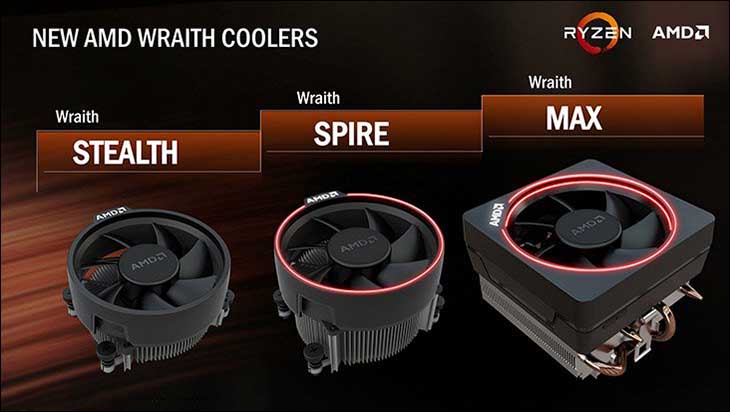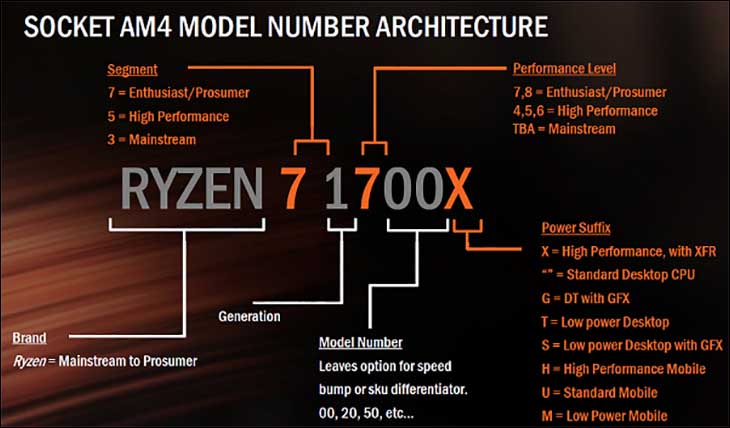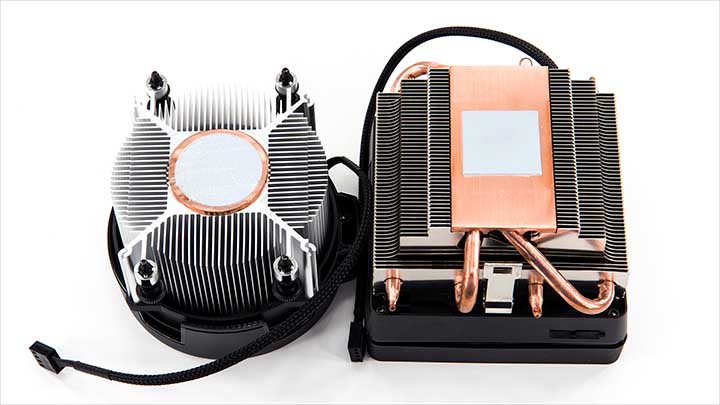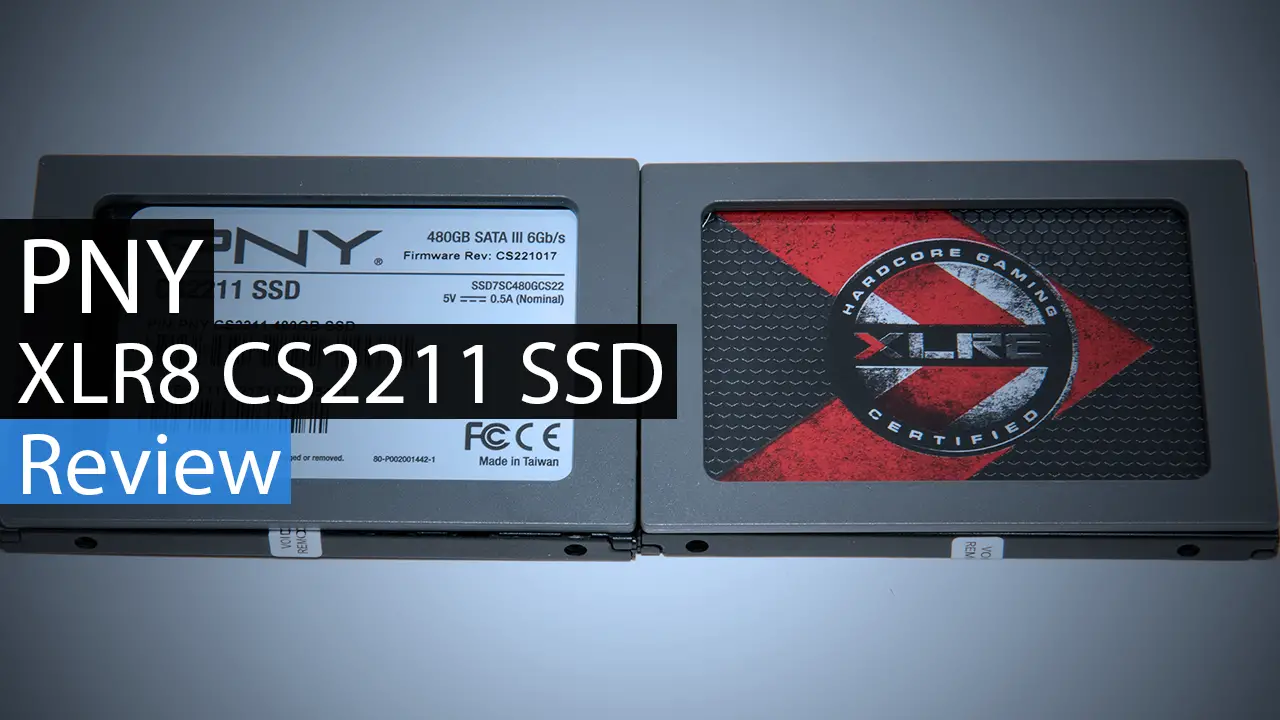Much like our Ryzen 7 series ‘reviewers kit’ AMD includes a fancy wooden box (which, as an aside, makes for a nice dual pistol carry case) along with RAM and a motherboard… in a cardboard AMD box. Do not expect to get any of these nice bonus features…. even if you purchase three CPUs at the same time.
Instead expect to find a nice sized shipping container that looks almost exactly like the Ryzen 7 series… albeit with a ‘5’ instead of ‘7’ on it. Inside this shipping container is housed the CPU in a nice little cardboard box and plastic clamshell holder, and a CPU cooler – if your particular model comes with one that is. Our 1600X actually shipped with a Wraith Max… but most will not. Usually you can expect to find a ‘Wraith Spire’ with the 1500X and 1600… and no CPU cooler with the 1600X.

Before we move on to the actual CPUs themselves these next generation ‘Wraith’ coolers do deserve a closer look. Unlike the last generation where there was basically one Wraith generation AMD has opted for three separate and distinct versions and then included RGB with some versions. The smallest is the Wraith Stealth and this is what ships with some of the smaller Ryzen models. It is a low profile cooler that really is only meant for cooling lower TDP CPUs at stock settings. Which is perfectly fine as you can only get it with low TDP CPU’s.
The Wraith Spire on the other hand can be considered an upgrade to the previous stock AMD cooler. It comes in RGB and non-RGB versions but if you really need your CPU cooler to be bling’ed out you can pick these coolers up on-line for about twenty to thirty dollars if you know where to look. In either case the Wraith Spire is best considered a next gen stock AMD cooler and not a ‘true’ successor to the previous gen Wraith because it does not use heatpipes. Instead, much like earlier high-end AMD (and Intel) coolers, it makes use of a large cylindrical chunk of copper that has been mated to a large chunk of aluminum. The aluminum is then CNC machined so as to create heat fins that help dissipate heat. On top of this large chunk of metal resides a 92mm, 6 bladed fan that blows cool air down and over the cooling vents and then out the bottom of the heatsink.
Interestingly enough it does appear that AMD is using the same OEM for this cooler as Intel – as it may be twice as tall as an Intel’s high end LGA115x ‘stock’ cooler (and Wraith Stealth for that matter) but comes with the mounting brackets for Intel’s ‘push-pin’ configuration still on the block! Thankfully AMD has opted for spring loaded screws instead of sub-optimal plastic pushpins. Arguably this mounting process is stronger and more consistent than the Wraith Max’s lever arm configuration, but it is not as capable a cooling solution as the ‘Max’.
In testing this Wraith Spire does a marvelous job at stock levels and can even handle the Ryzen 5 1500X’s increased heat loads when overclocked. It is also fairly quiet for its class, albeit noticeably louder than the Wraith Max or various aftermarket coolers. More importantly, we would not recommend using it for a 1600 or 1600X if you plan to hit the 4.1Ghz wall with either of these CPU’s as the fan will be spinning flat-out, it will sound like a buzzsaw, and temperatures will be noticeably higher than with a more robust CPU cooling solution.
This leads us to the Wraith Max. With its combination of a real aluminum fin array and four 6mmm heatpipes this bad boy is relatively massive and so much more efficient than its smaller siblings it is not even funny. Mix in a seven bladed 92mm fan with integrate LED light trim around the edge of the plastic fascia and this really is a nice cooler. So much so that we would have little qualms using it for a Ryzen 1800X let alone a 95TDP CPU like the 1600X. In other words, if you do buy a Wraith MAX model give it a try before you rush out and replace it with an aftermarket cooler. It may just surprise you. That is not something that can be said of air based Intel stock coolers. So bravo AMD for making your CPUs even more budget friendly.

This segues nicely into the Ryzen 5 series of CPUs. First let us start with the naming scheme. Yes there may indeed be a ‘5’ in the name but that has nothing to do with how many cores a given model will have. Just like Intel for their various models, AMD has opted for a very easy to understand nomenclature. A ‘7’ is reserved for enthusiast/flagship models, a ‘5’ means it is performance (aka the average enthusiast who has to worry about that pesky thing called a ‘budget’) and 3 is for mainstream consumers (aka the average joe buyer).

Moving on, while there are no differences in core count for the 7 series’ various models, the 5 series is actually made up of two different core count designs. A four core / eight thread (4c/8t) design and a six core / twelve thread design. This difference has a major impact in overall performance and price. Here things get a bit murky but AMD is making things as easy as possible. Right now if you see a ’16’ in the model number it means 6 cores, if it’s a 17 or 18 its eight cores, and if its below a 6 its four cores – with ’14’ signifying 4c/8t. To further clarify things you will (probably) not see a Ryzen 5 4c/4t model any time soon… as that is what Ryzen 3 series is for. Conversely you will (probably) never see a (first generation) Ryzen 7 with less than eight cores. Yes, it is clear as mud… but does make sense when you think about it as AMD is using 2-9 in the model name to also tell you how much horsepower it has just as they do with the Ryzen 3/5/7 bit of the name. For shorthand consider Ryzen 7 to be their ‘i7’ series, Ryzen 5 to be their ‘i5’… and Ryzen 3 to be their version of an Intel i3.
Next, all Ryzen 5’s are binned and laser cut Ryzen 7 processors that simply did not pass muster. Specifically, these are all dual CCX based designs just like the Ryzen 7 series… just with one (or more) core disabled (i.e. laser cut so there is no hack to get these cores to work).

To be even more precise the six core Ryzen 5’s (1600 and 1600x) are configured in a 3+3 fashion with one core in each 4 core CCX disabled, while the lower end Ryzen 5 four cores are configured in a 2+2 fashion with two cores in each CCX cut and permanently disabled. Other than this change these are indeed ‘Ryzen 7’ Summit Ridge chips with the same total amount of L3 cache (8MB per CCX), the same L2 and L1 cache per core (though the total is lower as two to four cores and their L1 and L2 cache are disabled), all are natively multi-threaded (12 threads and 8 threads respectively), they are all unlocked for easier overclocking… and rely upon the same Infinity Fabric crossbar interconnect. Literally all that has changed is how much of each CCX is disabled.

The easiest way to imagine that is to think back to the AMD ‘3 core’ models and how they were in reality a four core CPU with just one part of it disabled. Now imagine two of these 3 core CPUs on the same die and you get an idea for what AMD has done. For those that do not remember those processors imagine a very simply jigsaw puzzle that is made up of only eight pieces. Fit these pieces together to make the full image and put in a picture frame. Then carefully remove two (or four) of the outside pieces on each side. The rest of the pieces still fit perfectly together and work its just a smaller jigsaw puzzle in the same picture frame. That basically is Ryzen 5 in a nutshell. It still has the same form-factor and uses the same boards as its bigger brother Ryzen 7… its just smaller. Though as it is smaller internally a nice side-effect of this cutting is lower heat produced – as these are either 65watt TDP or 95 watt TDP chips.
When you include the smaller Ryzen 3, this is actually a very smart move by AMD as the net result is incredibly high useable processor yield from every wafer. This is because what AMD is doing is binning each and every 4-core CCX that comes off the line into a few broad categories. All working CCXs become Ryzen 7 (and are father binned into 1700-1800x categories) or even upcoming Threadripper CPU series which use four CCX’s. All CCXs with three of the four cores working – and pass testing – become high end Ryzen 5 (and are further binned into 1600 or 1600X). Those with only two of the four cores making specifications become lower end Ryzen 5 and Ryzen 3 (depending on how the further testing of these CCXs goes). All AMD has to do is mix and match CCXs to make each and every Ryzen released to date.
Intel does something similar to this with their binning process (i3 vs i7) but due to the unique ‘building block’ that AMD uses it results in much higher yields with a lot less of each wafer being thrown out. As the upcoming Threadripper processor(s) review will show they can also scale up faster and easier than Intel. As an added bonus, the upcoming Ryzen ‘APU’ could also prove to be very exciting as this ‘building block’ design means that they can simply pair one fully enabled CCX to one Vega block (aka Compute Unit) to create the upcoming ‘Ryzen Mobile’ series of APUs (the first is codenamed ‘Raven Ridge’).
They say that necessity is the mother of invention and that really is why AMD had to take these steps… as AMD is smaller than Intel and simply cannot waste resources like Intel can – and does. Now with that said this building block design is not without its own unique downsides. Namely these smaller core based models act just like Ryzen 7 when it comes to overclocking and not like typical ‘smaller’ CPUs. That is to say they all hit the wall about the same time (around 4.1Ghz depending on a particular chip) and require much more TLC than expected from small 4 and 6 core CPUs. They also are still relying on Infinity Fabric to allow cores in one CCX to talk to the cores in the other CCX – which negatively impacts performance of the four core Ryzen 5 models compared to the potential of having all four in one CCX.
On the other hand, it certainly allows AMD the luxury of building any sized CPU more inexpensively than Intel can. This in turn helps make Ryzen’s value rather high… and possibly performance (if Threadripper and its 16 core/ 32 thread design proves to be as good as it appears to on paper). It is no wonder than Intel is rumored to be throwing the (Kaby Lake) baby out with the bathwater for the upcoming Coffee Lake series – so much so that Coffee Lake generation is expected to not be backwards compatible with Kaby Lake CPU’s. That right there is a testament to how far AMD has come in one generation.
All in all, this is a very exciting time to be a consumer as AMD has reinvented the wheel so to speak and the net result is incredible value, performance, and options for us the consumer. Something that has been sorely lacking for the past few years.















